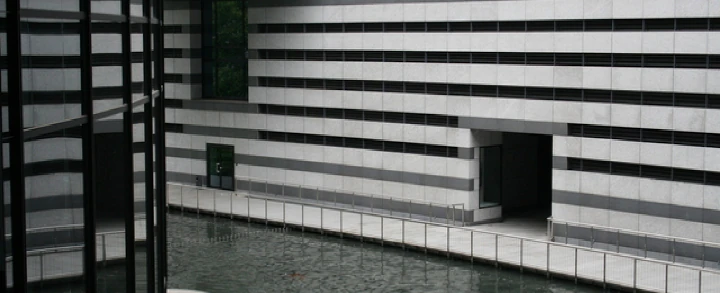Ceará personal loans by County
Counties
Paraipaba
Paraipaba
This county is one of the largest in Brazil. Paraipaba has a population of 18423 citizens. Its location in Brazil is very good.
Quixeré
Quixeré
Quixeré, like the rest of the region, has a mountainous interior. This mountainous interior features deep and steep valleys, formed by major rivers running through it.
Pacajus
Pacajus
Pacajus is a county of Brazil. They belong to the Ceará state. It has a population of 41558 citizens. In 2007, 12% of people in the county living in the metropolitan area of the capital.
Aracati
Aracati
Aracati has a very healthy climate, as its 44293 citizens bear this out. Comparing Aracati with other provinces, their communications within Brazil can be improved.
Uruburetama
Uruburetama
This county is one of the largest in Brazil. Uruburetama has a population of 12075 citizens. Its location in Brazil is very good.
Irauçuba
Irauçuba
Irauçuba, like the rest of the region, has a mountainous interior. This mountainous interior features deep and steep valleys, formed by major rivers running through it.
Umirim
Umirim
Umirim is a county of Brazil. They belong to the Ceará state. It has a population of 12220 citizens. In 2007, 14% of people in the county living in the metropolitan area of the capital.
Forquilha
Forquilha
Forquilha has a very healthy climate, as its 13409 citizens bear this out. Comparing Forquilha with other provinces, their communications within Brazil can be improved.
Ocara
Ocara
This county is one of the largest in Brazil. Ocara has a population of 6793 citizens. Its location in Brazil is very good.
Acopiara
Acopiara
Acopiara, like the rest of the region, has a mountainous interior. This mountainous interior features deep and steep valleys, formed by major rivers running through it.
Hidrolândia (Ceará)
Hidrolândia (Ceará)
Hidrolândia (Ceará) is a county of Brazil. They belong to the Ceará state. It has a population of 10299 citizens. In 2007, 54% of people in the county living in the metropolitan area of the capital.
Paracuru
Paracuru
Paracuru has a very healthy climate, as its 21196 citizens bear this out. Comparing Paracuru with other provinces, their communications within Brazil can be improved.
São Gonçalo do Amarante (Ceará)
São Gonçalo do Amarante (Ceará)
This county is one of the largest in Brazil. São Gonçalo do Amarante (Ceará) has a population of 23583 citizens. Its location in Brazil is very good.
Itaitinga
Itaitinga
Itaitinga, like the rest of the region, has a mountainous interior. This mountainous interior features deep and steep valleys, formed by major rivers running through it.
Santana do Acaraú
Santana do Acaraú
Santana do Acaraú is a county of Brazil. They belong to the Ceará state. It has a population of 14707 citizens. In 2007, 18% of people in the county living in the metropolitan area of the capital.
Granja
Granja
Granja has a very healthy climate, as its 25879 citizens bear this out. Comparing Granja with other provinces, their communications within Brazil can be improved.
Trairi
Trairi
This county is one of the largest in Brazil. Trairi has a population of 23126 citizens. Its location in Brazil is very good.
Varjota
